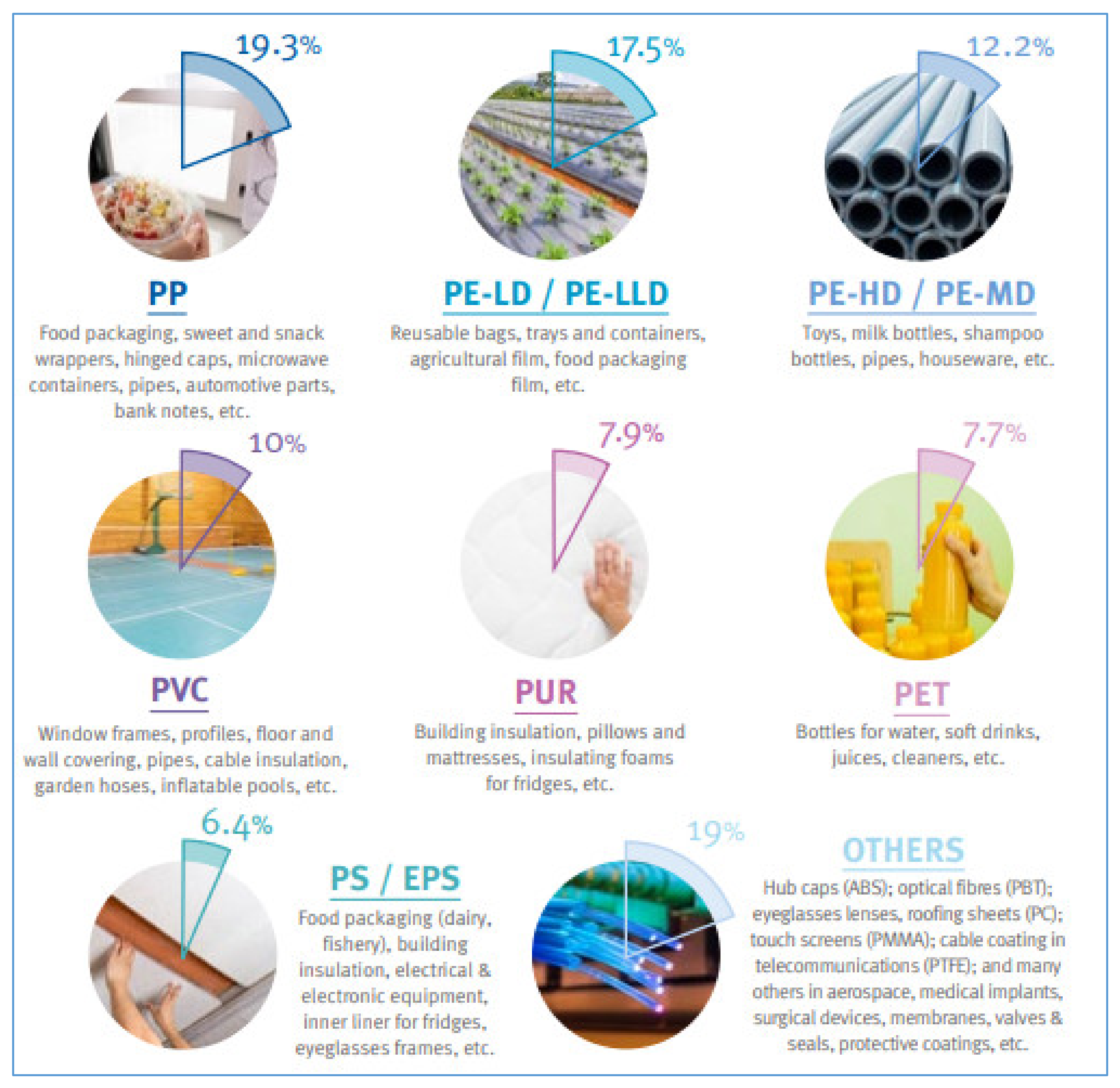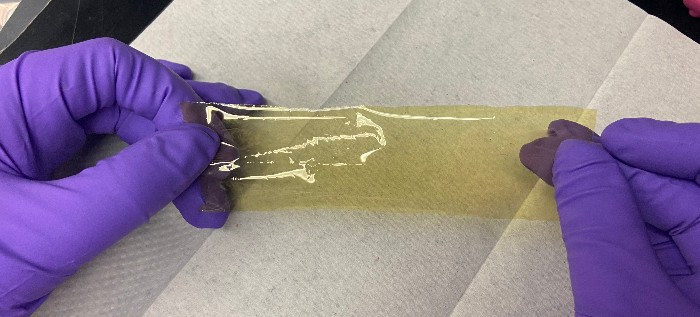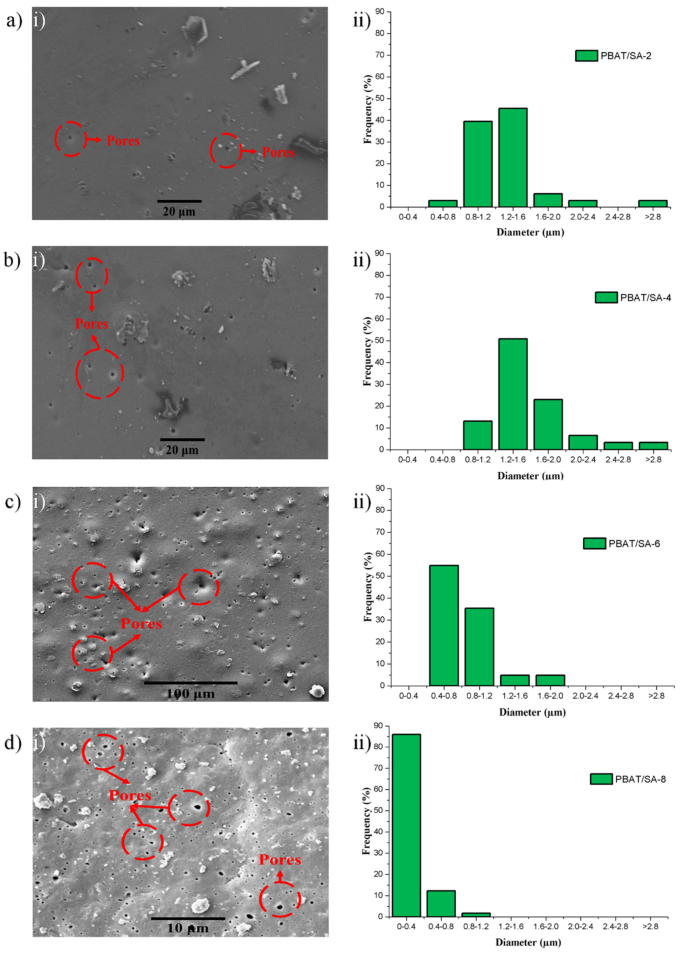
These plastics, which are either bio-based or biodegradable (or both), are referred to as “bioplastics” and have been the topic of much work and discussion at a global level for some time now.

The strategy outlined to tackle these challenges includes supporting the bio-based industry and developing a framework for the use of bio-based plastics, “based on assessing where the use of bio-based feedstock results in genuine environmental benefits”, and for the use of biodegradable or compostable plastics, “based on an assessment of the applications where such use can be beneficial to the environment” (p.
#Openlca polymer membrane series
In this context, the EC identifies a series of pressing challenges relating to plastic production, (mis-)use and pollution, spanning from single-use items, over-packaging, and littering, to microplastics, high-carbon footprints, and lack of appropriate labeling. On the global scale, The United Nations Development Program (UNDP) also stressed the importance of working towards a sustainable economy, with efficient use of natural resources, little to none waste and pollution. As also stated in its communication “A new Circular Economy Action Plan for a Cleaner and More Competitive Europe”, the EC underlines the utmost importance of shifting towards a circular economy, with a framework of policies that make sustainable products, services, and business models the norm. The plan aims at transforming “the EU into a fair and prosperous society, with a modern, resource-efficient and competitive economy where there are no net emissions of greenhouse gases in 2050 and where economic growth is decoupled from resource use” (p.


It is concluded that the methodology was applied successfully and provides a solid basis for an ex-ante assessment framework that can be applied to emerging technological systems.The European Green Deal is the action plan outlined by the European Commission (EC) to tackle the ever-growing environment and climate-related challenges our society faces. The main results from the paper show, with an exception for the “ozone depletion” impact category, (1) that large-scale AE and PEM systems have similar environmental impacts with variations lower than 7% in all impact categories, (2) that the contribution of the electrolyser is limited to 10% of all impact categories results, and (3) that the origin of the electricity is the largest contributor to the environmental impact contributing to more than 90% in all impact categories, even when renewable energy sources are used. This tool also enables diversity for exploring multiple sets of visions. A bridging tool for mapping the technological field has been created enabling the combination of quantitative LCAs with qualitative scenarios.

Ex-ante LCA allows modelling the environmental impacts of hydrogen production, exploratory scenario analysis allows modelling possible upscaling effects at potential future states of hydrogen production and use in vehicles in the Netherlands in 2050. To fill this gap, the performance of AE and PEM systems is compared, using ex-ante Life Cycle Assessment (LCA), technology analysis and exploratory scenarios for which a refined methodology has been developed to study the effects of implementing large-scale sustainable hydrogen production systems. However, limited information exists on the potential environmental impacts of these promising sustainable innovations when operating on a large-scale. Two electrolysis technologies fed with renewable energy sources are promising for the production of CO 2-free hydrogen and enabling the transition to a hydrogen society: Alkaline Electrolyte (AE) and Polymer Electrolyte Membrane (PEM).


 0 kommentar(er)
0 kommentar(er)
